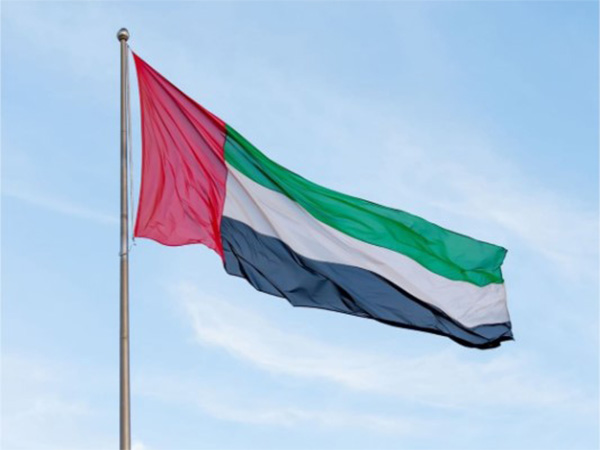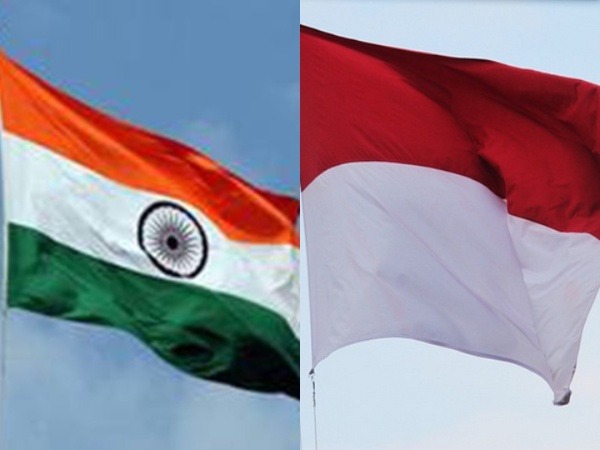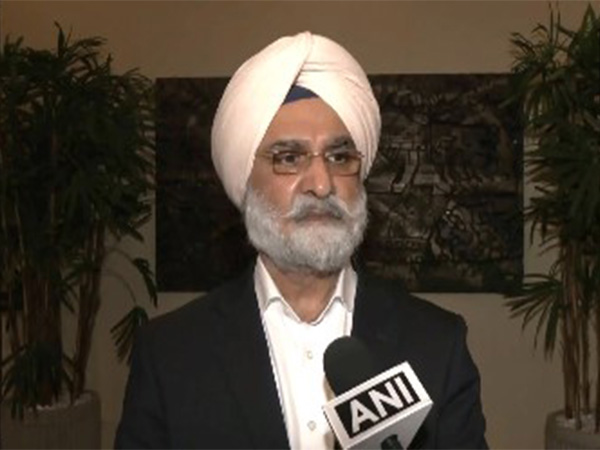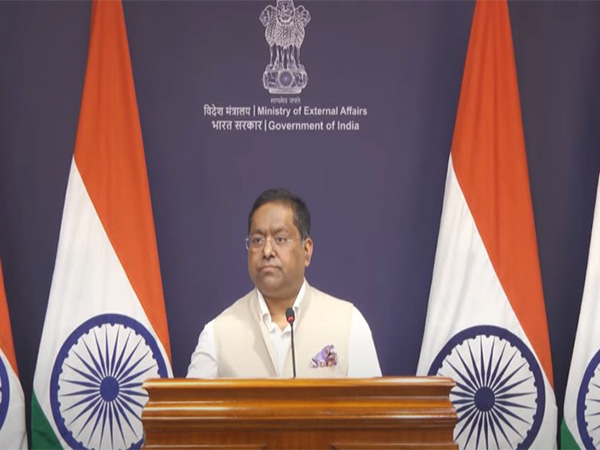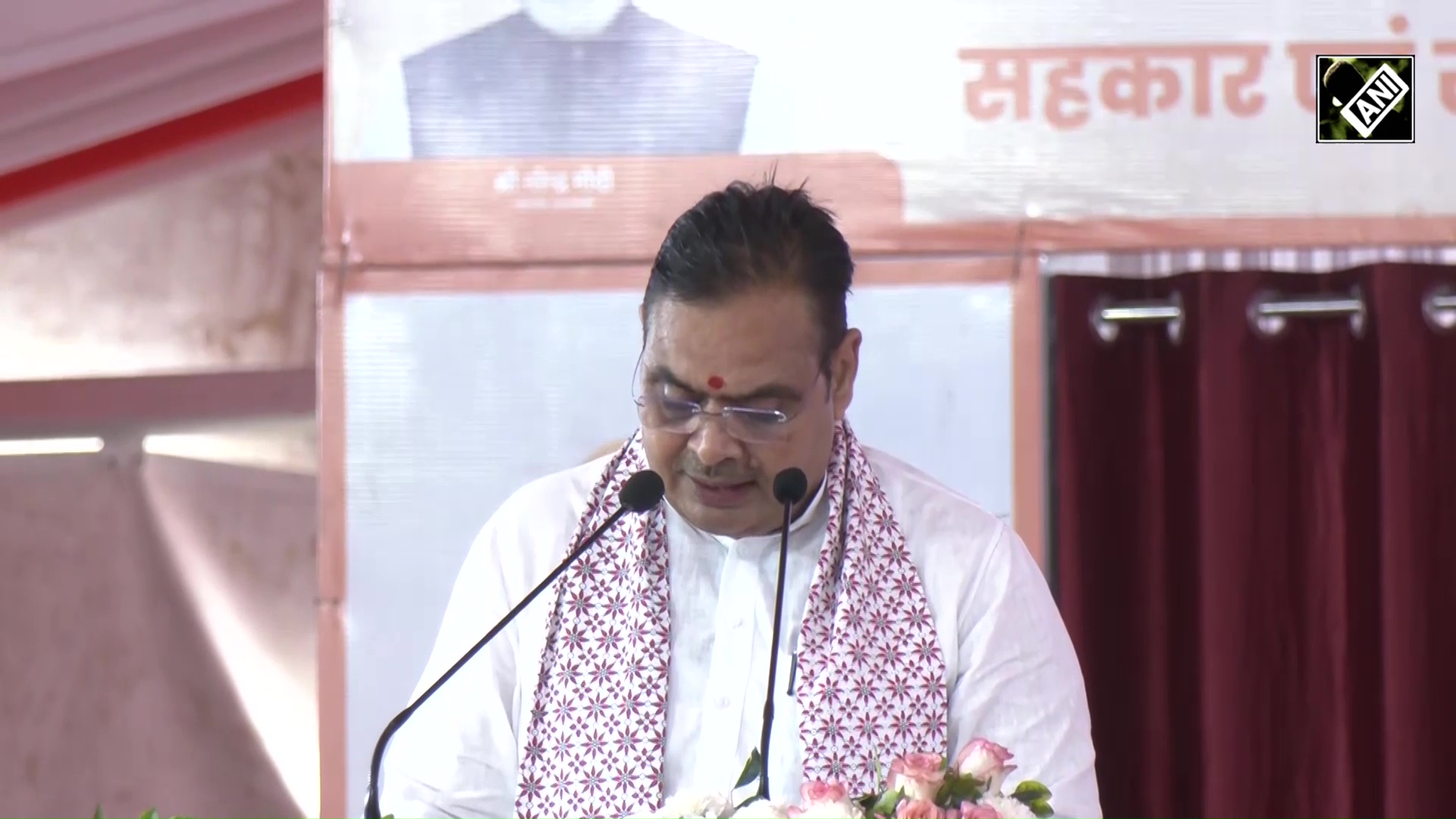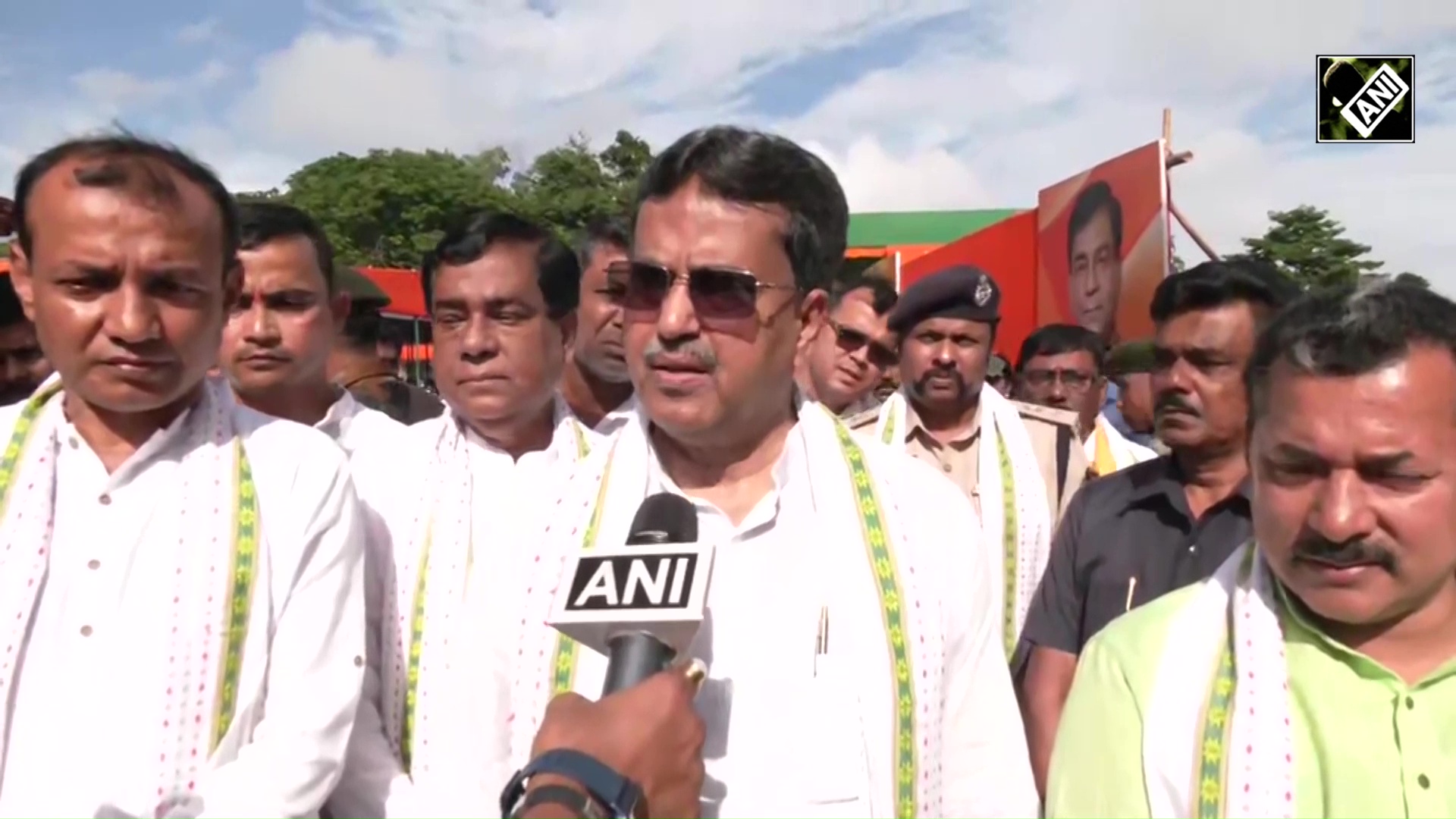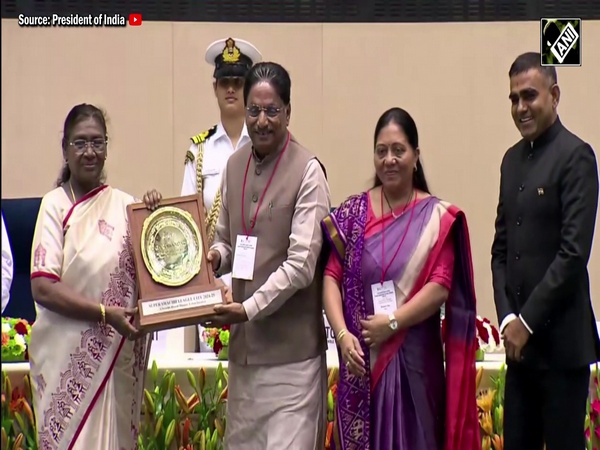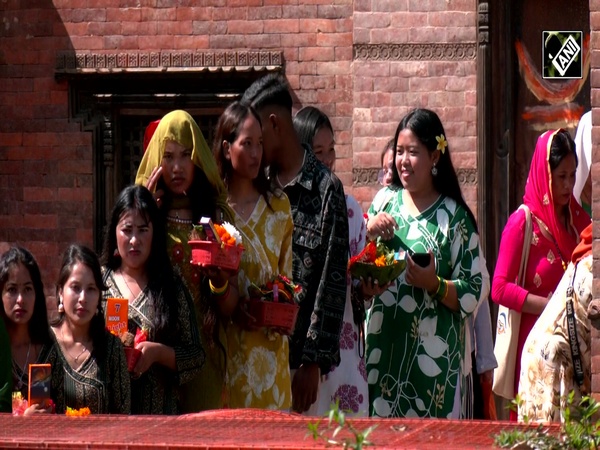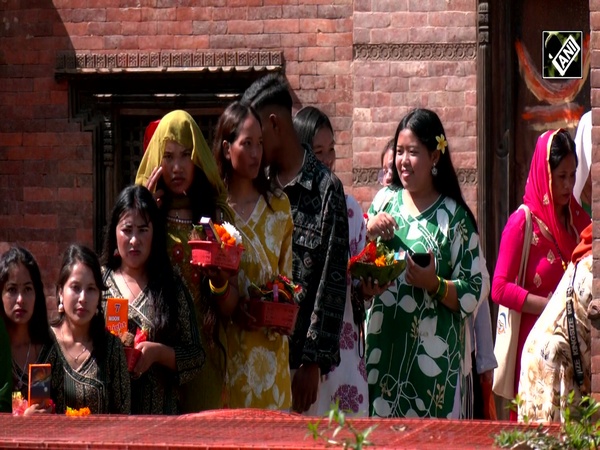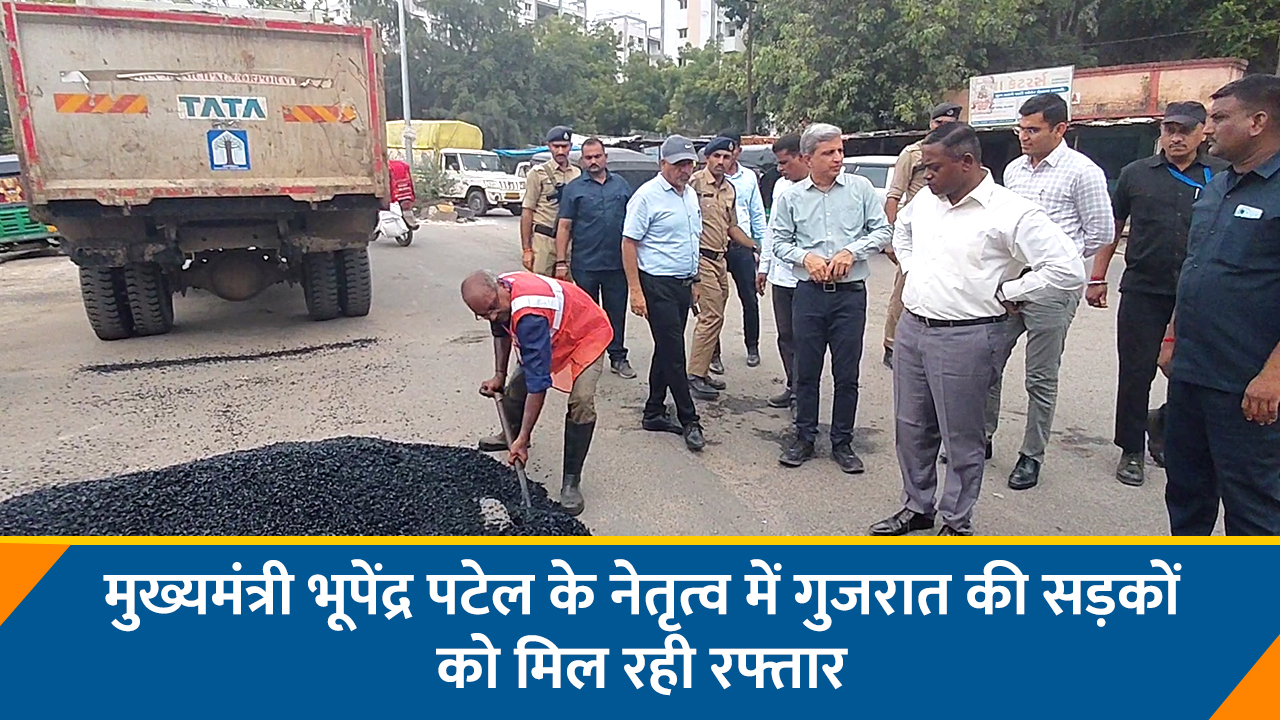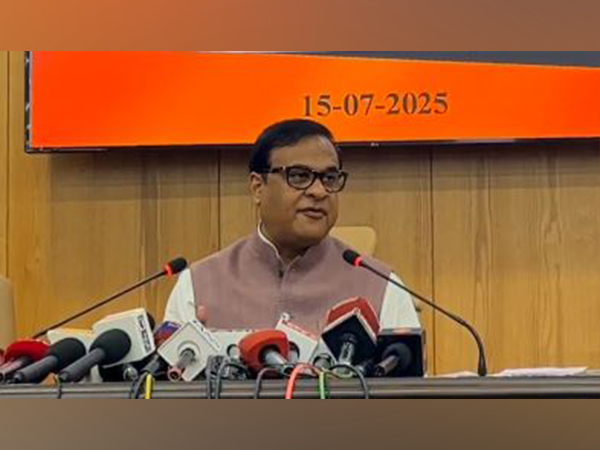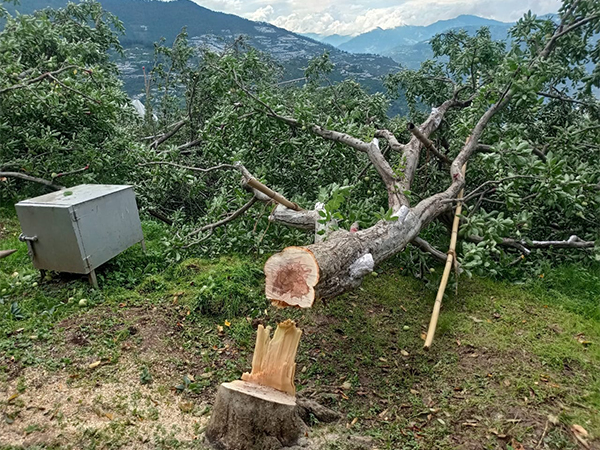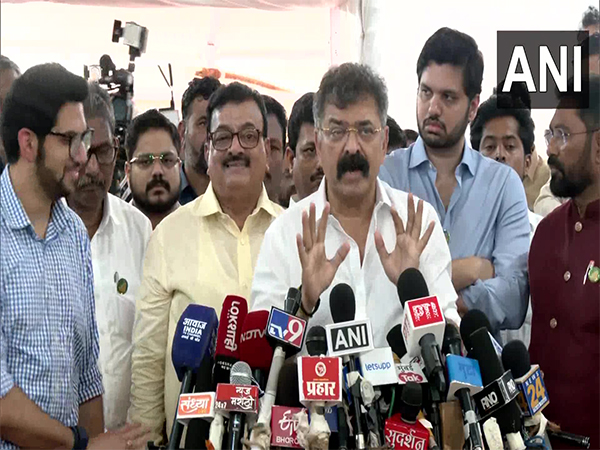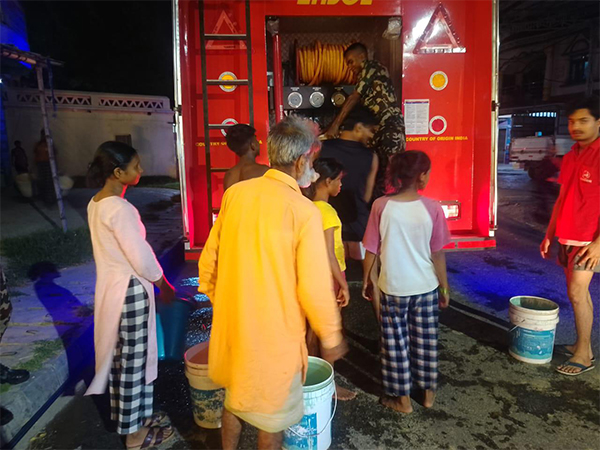
Nepal's southern plain go dry mid-monsoon, throws life out of gear worrying locals and farmers
Jul 17, 2025
Janakpur [Nepal], July 17 : Hand pumps, fields, and other sources of water have gone dry in the Madhesh province of Nepal, prompting the provincial government to mobilize fire engines and other vehicles to deliver water to affected communities.
The months from June to September, often the monsoon window in the Himalayan nation, are not the same for the southern plains of Nepal--the grain basket this year--with the absence of rain. The provincial government has now declared eight districts as drought-affected areas following the absence of rain.
"All the eight districts of Madhesh Province have been declared drought-affected areas. The region, which usually used to see the rain, is yet to receive it. It has affected the paddy cultivation in all the eight districts, as only 36 per cent of the arable land has recorded the plantation of paddies. At normal times, when there was enough rain, the percentage used to stand at 70-80 percent," Satish Kumar Singh, Chief Minister of Madhesh Province, told ANI in an interview.
Among the eight districts in Madhesh Province, Parsa is the worst hit, with life out of gear and people struggling to meet their daily water demand.
"In Parsa district's Birgunj and other local bodies, drinking water ran out as the hand pumps and other sources of water have run dry. The situation out there is dire as locals don't have water even for cooking, bathing, or even to flush the toilets, throwing life out of gear. The Madhesh Provincial Government earlier this week had declared the region a drought-affected area," Chief Minister Singh said.
The provincial fire engines, each with a capacity of 5,000 litres, are being operated in coordination with the Nepal Army, which has been temporarily assigned responsibility for their operation.
"The Madhesh (Provincial) Government, which had purchased eight fire engines mobilizing the Nepal Army, has deployed them to Birgunj to address the water problem there. Once deployed together, all the fire engines will be able to transport about 100,000 litres of water to the areas where the water shortage is hitting hard. This is our attempt to normalize the situation out there, which is experiencing a tough time," Singh claimed.
Madhesh Province, which is the breadbasket of the Himalayan nation, still relies on rainwater for cultivation. The Central Bank--Nepal Rastra Bank's 2024 report on the 'Economic Status of Madhesh Province'--had shown that the increase in the province's gross domestic output would be due to an increase in its agricultural production. NRB had projected Madhesh Province's Gross Domestic Product (GDP) to stand at NRs. 707 billion.
Madhesh's GDP shared 13.13 per cent of the country's GDP out of NRs. 5.381 trillion. In Madhesh Province, farm products share 35.2 percent of the gross domestic output. Food crops, vegetables, fruits, and spices are among the main products of this province.
But the dry and arid monsoon this year has increased worries for the farmers, who now have even started to worry about their coming days.
"I don't know what we will have this year. Am worried about survival. The cultivation is yet to be done as there is no water. It is taking a toll on us," Brij Yadav, a farmer in Janakpurdham, told ANI as he stood near his field.
The monsoon tale for thousands of farmers this year has been the same throughout the southern plains of Nepal. The deep borings across the region also have dried up due to a prolonged dry spell in mid-monsoon.
"Leave the question about water for cultivation, whether we will yield the crop or not--we don't even have enough water for drinking. In order to address this problem, we ferry water from far-flung areas in gallons, then only we can have water to drink," Ganga Kant Jha, a resident of Janakpurdham, told ANI.
Since the start of the monsoon this year, around two dozen people have already succumbed to landslides and flooding. Several others have been injured and are missing in monsoon-related disasters. Properties and infrastructure worth billions of rupees have been either washed away by floods or buried in landslides.
Locals in the mountainous region say that the weather has become so erratic that even light rainfall triggers floods. Scores of glacial and supraglacial lakes could burst any time due to the melting of ice accelerated by global warming. At least eleven people were killed, and 17 others are still missing, in the Bhotekoshi flood triggered by a previously unnoticed supraglacial lake formed in Tibet above Rasuwagadhi.
But with the withering paddy saplings in the fields across the Terai region, the provincial government has sent out a request to the union government for assistance but hasn't received any response so far.
"In the field of agriculture, we have demanded the declaration of some relief package from the union government, which is yet to be followed. Along with that, we also have reached out to the aid agencies and the INGOs for assistance, from where a concrete response hasn't fallen in. But they will work in their respective fields," Satish Kumar Singh, Chief Minister of Madhesh Province, claimed.
Nepal has been experiencing changes in temperature and precipitation at a rate faster than the global average, according to studies. Evidence indicates that the maximum temperature in Nepal is rising at a greater rate (0.05 degrees Celsius per year) than the minimum temperature (0.03 degrees Celsius per year).
The prevailing situation in Madhesh Province comes amid the prediction of the Met's office to witness above-normal monsoon rainfall this year. Nepal on an annual basis during the monsoon faces disasters of floods, landslides, and inundation, resulting in loss of lives and properties.
Continuous downpour over three days last year resulted in widespread damage of properties as well as the loss of about 200 lives due to monsoon-induced disasters.
As the Himalayan Nation is bracing for above-average rainfall this year, the National Disaster Risk Reduction and Management Authority (NDRRMA) has predicted that around two million (1,997,731) people from 457,145 households could be affected by monsoon-related disasters.
According to the projection, the districts of Lumbini Province will be affected the most in the monsoon--523,656 people from 119,830 households will be affected. This is followed by Bagmati--327,376 people from 74,914 households, Gandaki--287,107 people from 65,699 households, Koshi--275,867 people from 63,127 households, Madhesh--228,687 people from 52,331 households, Sudurpaschim--227,730 people from 52,112 households, and Karnali Province--127,308 people from 29,132 households.



